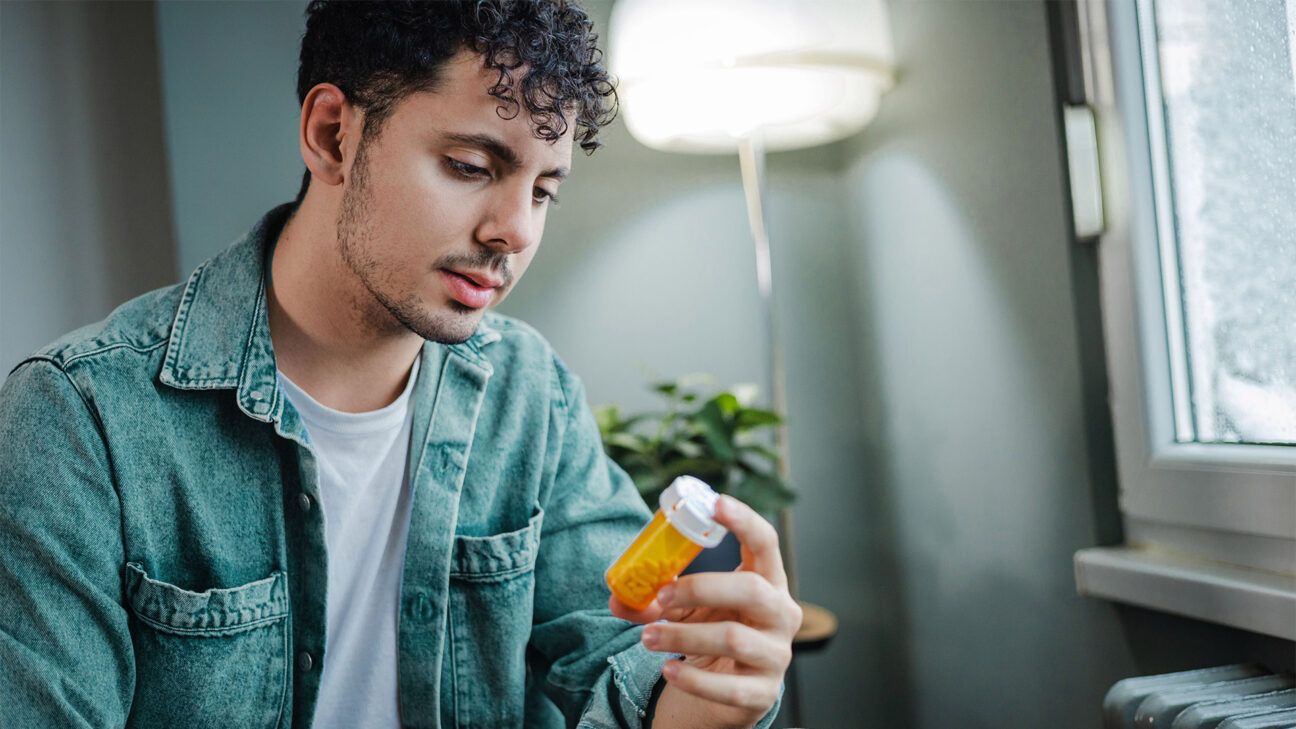Infection
Why the CDC is Proposing Prophylactic Antibiotic to Stop STI Spread
- New proposed guidelines from the CDC could result in more people being prescribed a common antibiotic to prevent bacterial sexually transmitted infections.
- The guidelines currently only apply to men having sex with men and to transgender women.
- CDC officials may recommend taking the antibiotic doxycycline within 72 hours of sexual intercourse to stop the spread of STIs.
The Centers for Disease Control and Prevention (CDC) has announce potential new guidelines that would mean using an antibiotic treatment as a prophylactic to help prevent sexually transmitted infections.
The CDC announced an opportunity for the public to comment on these guidelines this month. They recommend the use of a common antibiotic called doxycycline as a preventive treatment against bacterial STIs like chlamydia, gonorrhea, and syphilis.
When to take doxycycline to avoid STIs
Under the new guidelines, doxycycline—which was originally developed in the 1960s—would be encouraged for use as a post-exposure prophylactic (PEP), meaning that, in this case, it would be taken within 72 hours of intercourse in conjunction with additional tests and resources.
The recommendation is currently only for men who have sex with men and to transgender women, who have had a similar infection within the last 12 months.
In terms of who is most at risk, Kavelle Christie (MSc), director of the gender equity and health justice program at non-profit Community Catalyst says that, without serious action when it comes to under-served communities, it’s unlikely that this policy change will have as much of an impact as is possible.
“Black, Latinx and Tribal communities often face disparities in healthcare access, which includes limited access to essential medications, including drugs for STI prevention,” Christie said. “This lack of access directly results from systemic barriers, such as limited healthcare infrastructure, affordability, and health insurance gaps. Without some of these broader systemic considerations that center on deliberately marginalized communities, it will not be an effective population-level strategy.”
The research accompanying the request found that there have been no significant indicators at this stage that prescribing the medication poses a significant risk for antibiotic resistance. The recommendations also make it clear that someone who is prescribed this antibiotic should be retested in three to six months. The experts who spoke to Healthline for this story were clear that consistent monitoring, both of resistance and infection rates, will continue to be vital moving forward.
What the CDC is proposing
The CDC drew from four studies, as well as, in-person consultations while developing the new guidelines. Those data points led to the proposed recommendation of 200 mg taken up to 72 hours after unprotected intercourse—whether that sex was conducted vaginally, anally, or orally.
The proposed guidelines are still open for comment.
Adrienne Ton (ARNP) is the director of clinical operations at TBD Health, a start-up that focuses on at-home STD testing. Ton said that one practical benefit of these recommendations is that they give wary clinicians cover to recommend this treatment to help people avoid getting sick in the first place.
“When we don’t have guidelines coming from the CDC with regards to STI treatment, a lot of clinicians tend to be more hesitant about approaching that kind of treatment,” Ton said. “And so adding something more concrete that comes from the CDC, who a lot of clinicians go to as trusted, allows more clinicians to be able to do it.”
Ton adds that while a lot of the conversation around preventive measures like condoms focuses on those who don’t use them or have difficulties accessing them, this change would also have an impact on those who are protecting themselves after an unwanted sexual encounter.
“Sometimes it’s not just about what the preferences are, but rather a lack of consent,” Ton said.
And for those for whom the CDC did not find significant evidence for the use of the antibiotic, Dr. Kecia Gaither MPH, who works at NYC Hospitals and Health, says there are additional factors to consider.
“STI’s are a frequent clinical conundrum among both pregnant and nonpregnant women in my practice. For the nonpregnant woman use of the antibiotic would likely be helpful. The antibiotic is contraindicated in pregnancy– therefore before the dissemination of the policy change, a negative pregnancy test should definitely be an integral part of the algorithm.”
Education is key to stop rise of STIs
Experts like Dr. Justin Lehmiller (PhD), a researcher at the Kinsey Institute at Indiana University, said that in addition to medication options, education about STIs has to be used.
“It’s not enough to just give people some pills—or condoms,” Lehmiller said. “We need to equip them with medically accurate sexual knowledge so that they can make informed decisions. We need to help them develop sexual communication skills, we need to challenge STI myths…and we need to make sure people have access to testing and safer-sex tools.”
Takeaway
The CDC has proposed new guidelines that recommend certain groups take a prophylactic antibiotic after sexual intercourse to reduce STIs.

